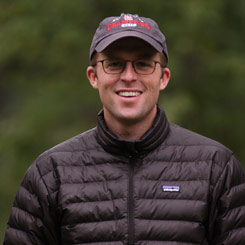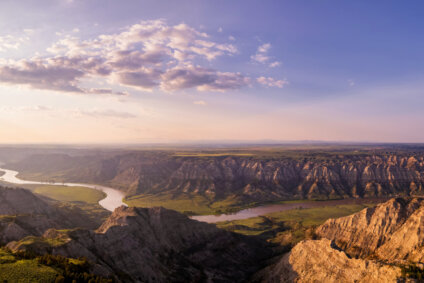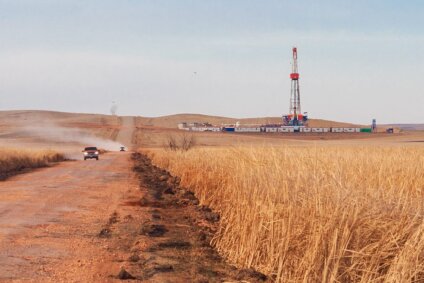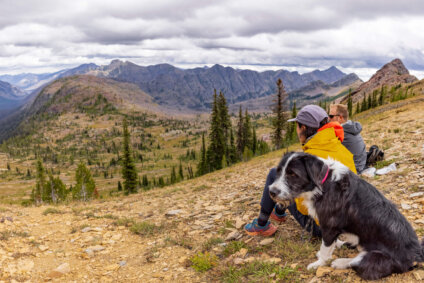MWA Recognized in OUTSIDE’s Best Places to Work 2015
MWA named number 41 on list of 100 best places to work in America
There’s a pleasant irony in the announcement: a small, Montana non-profit dedicated to protecting the “last best place” has been named one of America’s 100 best places to work. The annual list, released this morning, places the Montana Wilderness Association (MWA) at number 41 on an impressive list of fun-loving organizations and companies who care as much about their people and the planet as they do about their product.
In the case of MWA, a healthy organizational culture is a creative priority on par with protecting wild lands. Without the former we can never hope to succeed at the latter, and it may sound cliché but even our newest staff members know that this culture depends on teamwork.
“My initial thought of MWA was how cohesive the group seemed despite being spread across this big state,” says Sally Cathey, who was hired as MWA’s Wildlands Field Coordinator last spring. This summer, Cathey had an opportunity to join 13 other staff members on a three-day backpacking trip along the state line trail in the Great Burn, a vast 250,000-acre roadless area along the Continental Divide between Montana and Idaho.
“I couldn't believe I was fortunate enough to work for an organization that encourages its staff to not only connect with the landscapes we work to protect, but to do it on work time,” explains Cathey, who has since been promoted to Southwest Montana Field Director. “There could not be a better way to get to know my co-workers and share experiences from our fieldwork than doing so while sitting under a star-studded night sky.”
Cathey’s comments hint at a formula that’s gaining followers at MWA, where we pride ourselves on long days at the office, long walks in the woods, and the occasional late night at the bar. After all, those sparkling nights by high mountain lakes provide essential fuel when participating in weekend-long collaborative discussions or calling voters late in the evening as Election Day draws near.
Community-based conservation is hard driving, creative work, and the outcomes are never certain. The cause eventually drains even the most passionate people. For this reason, we’ve developed a variety of organizational norms, from our generous sabbatical policy to our practice of transparent decision-making and distributed leadership, which encourage each individual to keep their mental and emotional reserves well stocked.
Naturally, our hope is that these cultural customs will lead to more conservation victories like the bi-partisan passage of the Rocky Mountain Heritage Act last year, which protected nearly 275,000 acres east of the Bob Marshall and Scapegoat Wilderness areas.
It takes years of hard work to protect places like the Front, and we’re proud to recognize that we’ll never achieve our goals unless we also protect the people who are doing this important work.
– Gabriel Furshong is MWA’s deputy director. He writes from Missoula, MT.

Stay Connected
"(Required)" indicates required fields


